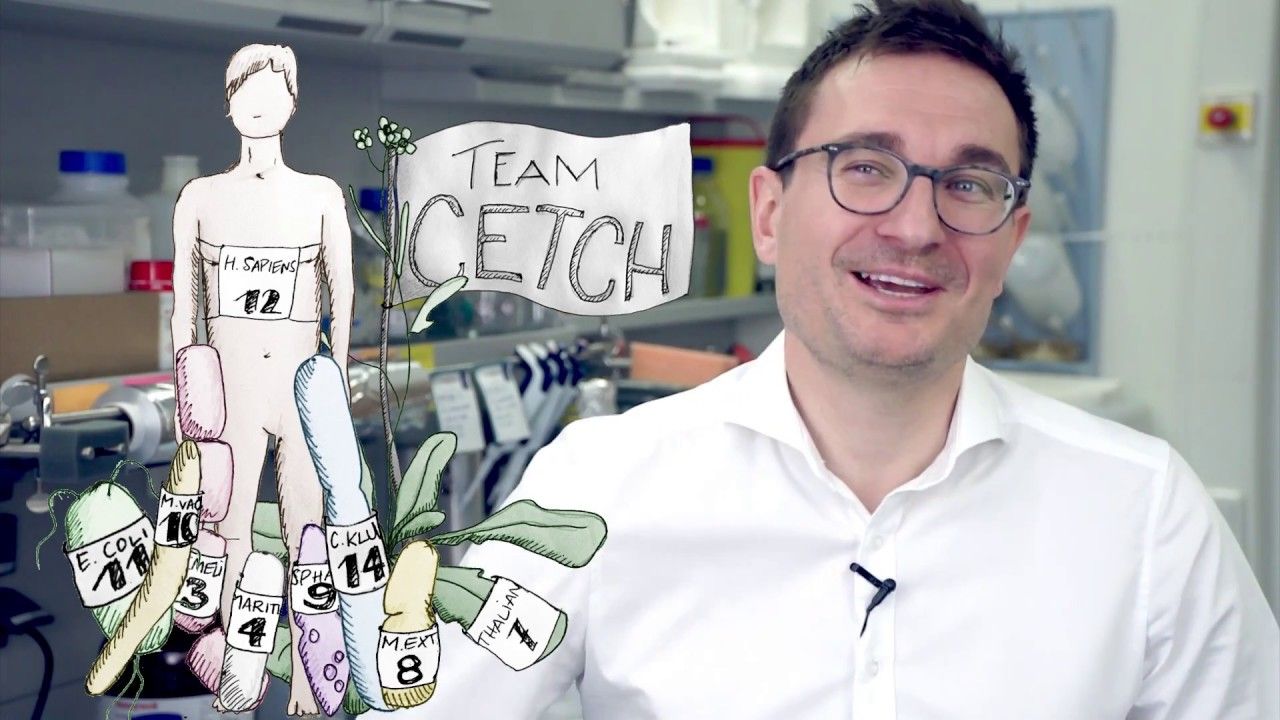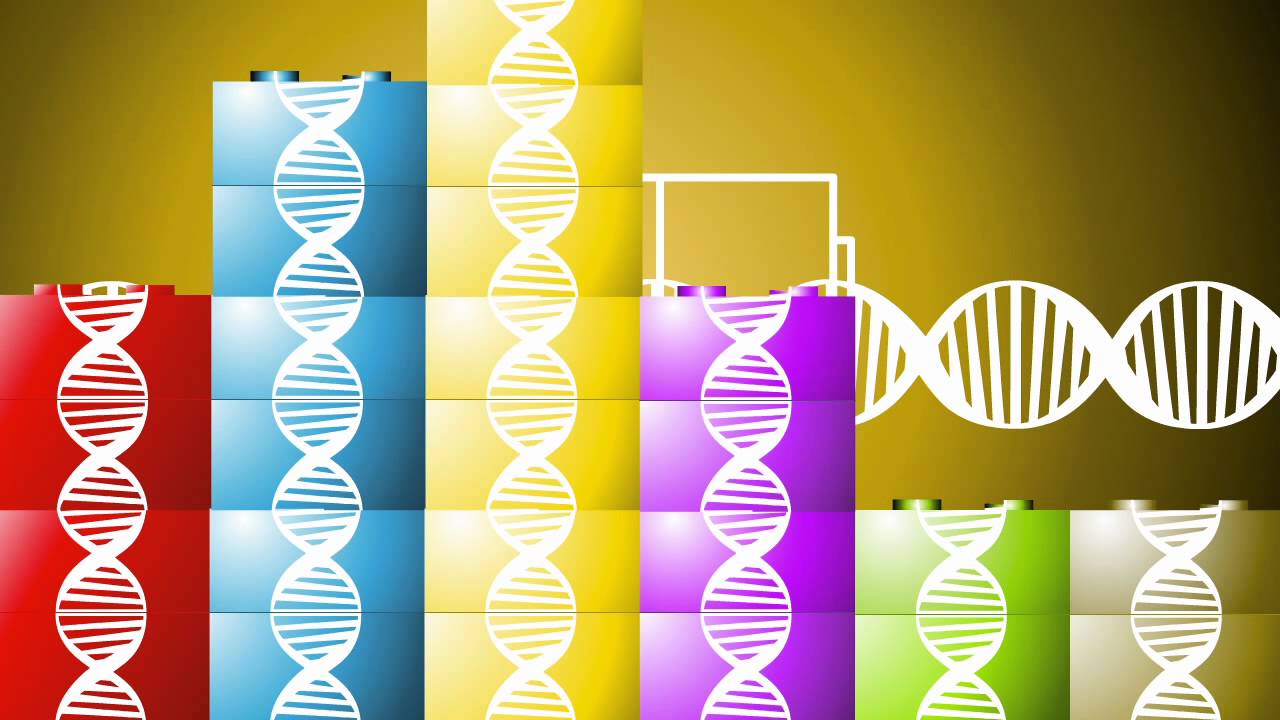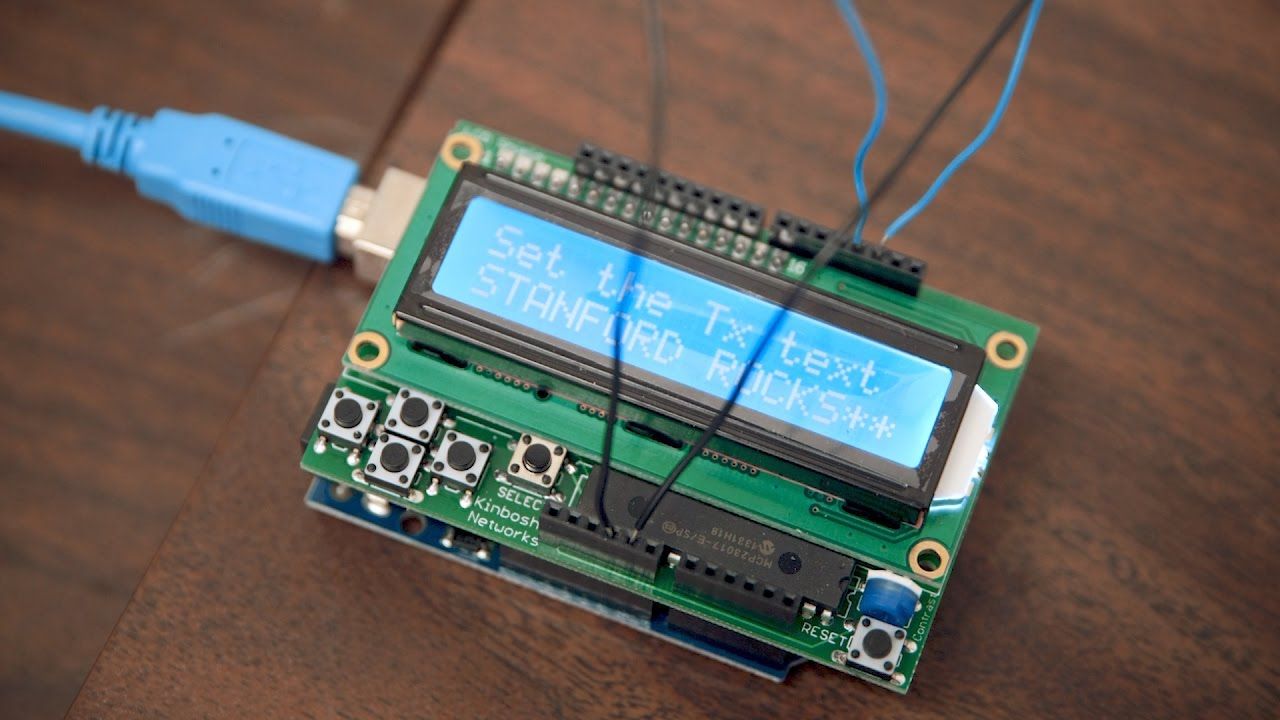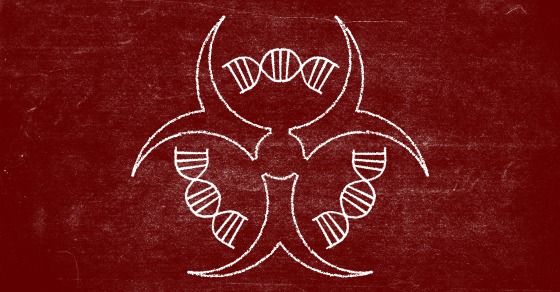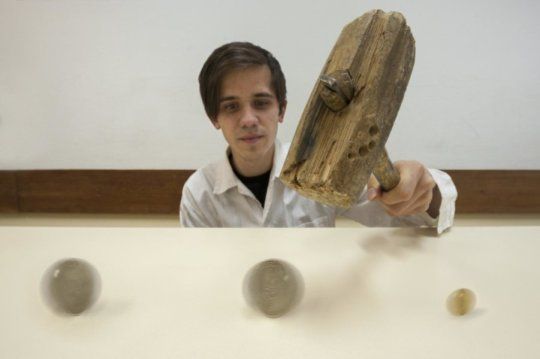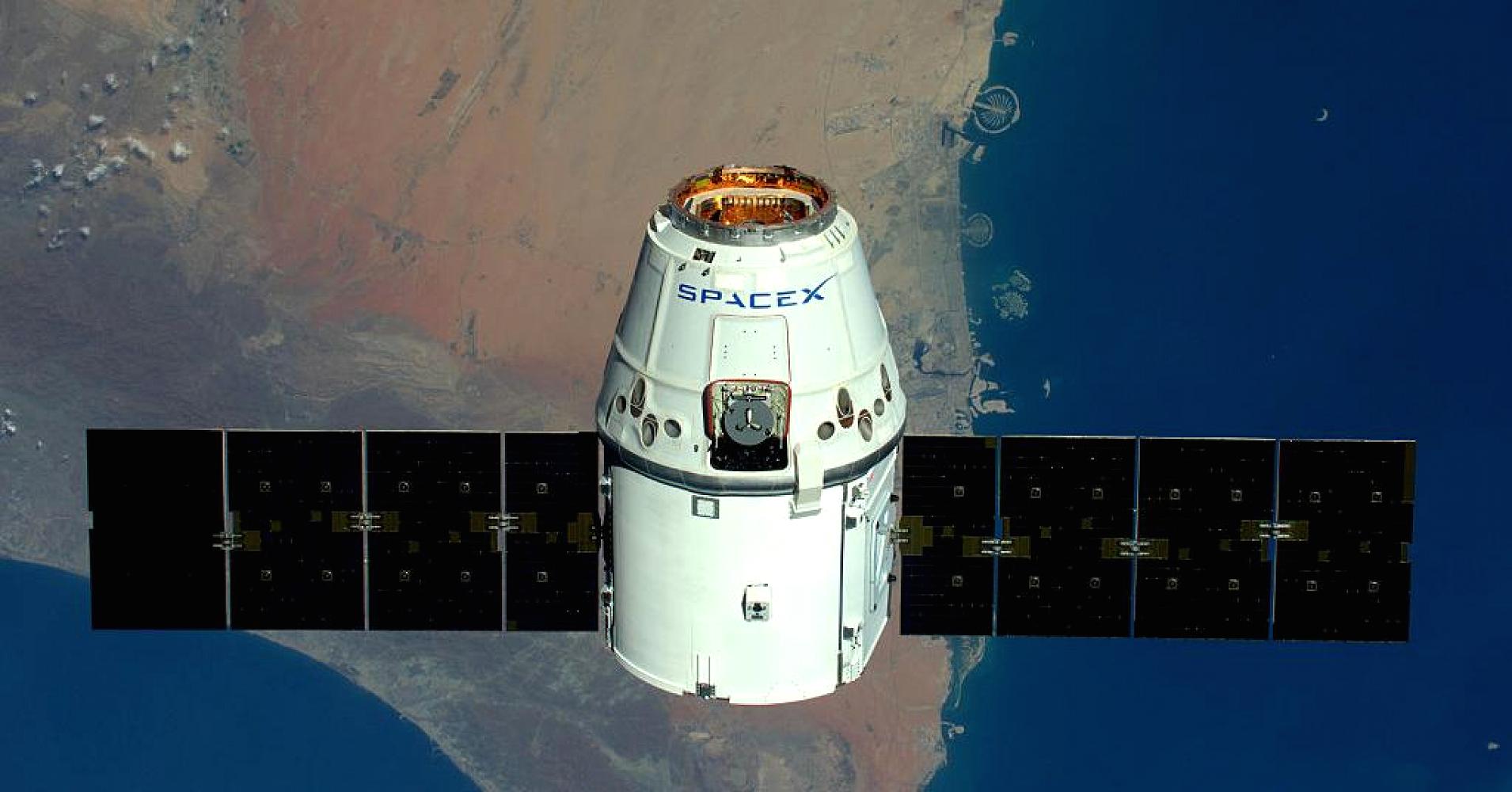Nov 22, 2016
New Quantum States For Better Quantum Storage
Posted by Karen Hurst in categories: computing, particle physics, quantum physics
Quantum and Crystalize formations for data storage.
How can you store quantum information as long as possible? A team from the Vienna University of Technology is making an important step forward in the development of quantum storage.
The memory that we use today for our computers differs only between 0 and 1. However, quantum physics also allows arbitrary superimpositions of states. On this principle, the “superposition principle”, ideas for new quantum technologies are based. A key problem, however, is that such quantum-physical overlays are very short-lived. Only a tiny amount of time you can read the information from a quantum memory reliably, then it is irretrievably lost.
Continue reading “New Quantum States For Better Quantum Storage” »



